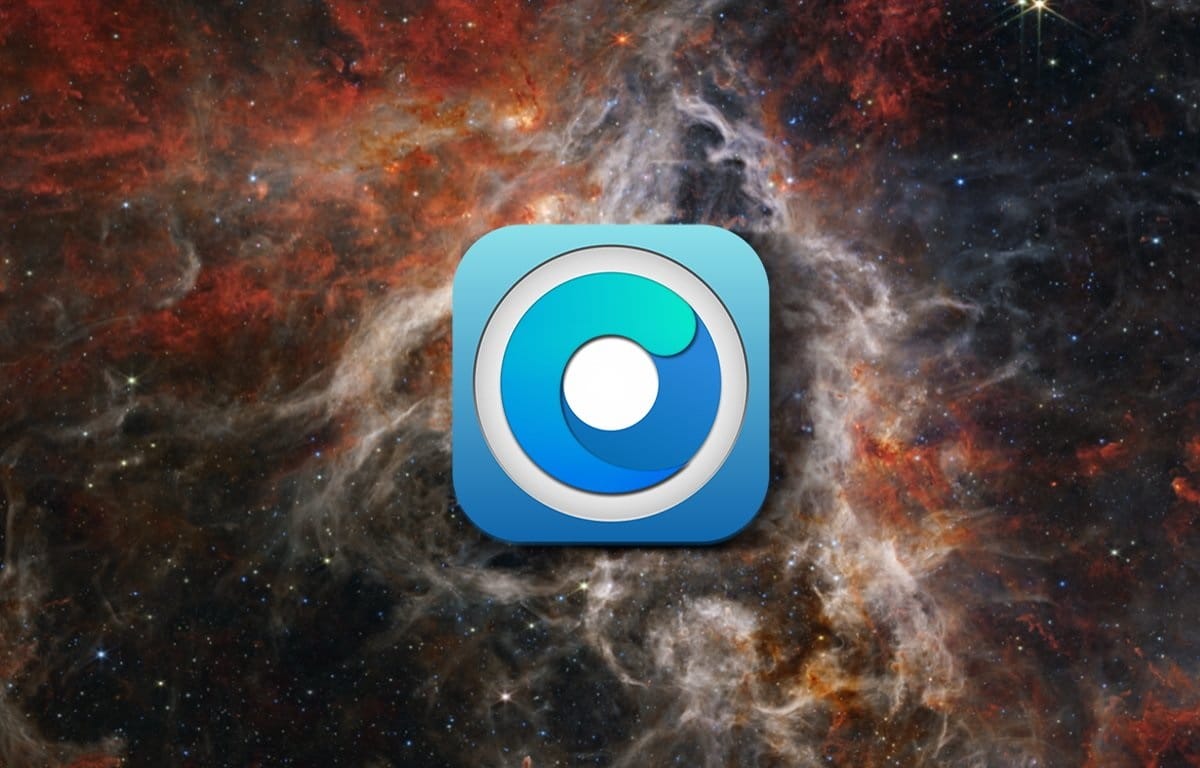

When a new version of macOS hits the market, it is inevitable that it will lead to the abandonment of some Macs that are not capable of installing that new version. When that time comes, it is almost certain that you have to renew, because updates not only incorporate new functions but also insert new security measures that are essential to have. Although it is true, all is not lost. With OpenCore you can install modern versions of macOS on older Macs. Let’s see how.
As Apple releases new macOS updates, older computers become obsolete and unable to install these new versions. This suggests that the time has come to change terminals. Although there is an intermediate solution that OpenCore offers us. It is the possibility of using this program to install modern versions on old terminals. With that we can continue enjoying our vintage Mac for a while longer. Which gives us the possibility of saving for that new model.
Index
OpenCore is an open repository on the acidanthera GitHub page
OpenCore installs and modifies boot blocks on the Mac storage device to allow multiple operating systems to boot. It does this by installing a small piece of code on the Mac drive along with one or more operating systems. When we start the computer, it asks us to select which operating system we want to use. Once chosen, It starts normally.
Translated into common language, it means that we can install modern macOS on older Macs. This is the case, for example, of macOS Sonoma and Ventura, which can no longer run on any Mac. 2009 back.
Keep in mind that OpenCore is currently a repository located on the GitHub page. For this reason, it is under development and something that must be taken into account is that it does not have any support. There is no company behind this project. It is something that one person has done and thanks to his work the rest of us can benefit, but of course, this is the pro. The con is the lack of responsibility if something goes wrong. That’s why It is essential to make a good backup before starting to use OpenCore.
By the way, the use of this type of software may contravene some laws. Before installing and using OpenCore, take a look at the legislation and see if you can install and use this software and remember that whenever you do so you do so at your own risk. Remember that it is not safe and probably not legal to use. But this is a blog about Mac and any information about it that is of interest, we publish it but as information. Its use is not mandatory. In fact We always recommend using original and certified Apple software to avoid major problems and loss of warranty and the like.
If you want to use it, here’s how to do it
If you end up deciding to take the risk of installing this repository, you should keep in mind that there are many tutorials on the Internet that can help you. We are going to focus on the process that is carried out once installed. But you know that it is best to use OpenCore Legacy Patcher (OLP) by dortania. This allows Big Sur versions of macOS to be installed and run on Intel-based Macs from 2008 and later. To do this, create a custom macOS installer for a specific older Mac with all the correct drivers and code related to the hardware that built it.
Once you get the macOS installer You have to follow a series of steps that the program itself will set for you. You should keep in mind that to use OpenCore, you will need a USB stick of 16 GB or more. It will create a macOS installer on the USB drive, connect it to your old Mac, then boot and run the macOS installer from there.
OpenCore only supports clean installs and updates to macOS.
Once you have followed all the steps You can now enjoy that modern version of macOS on your old Mac.